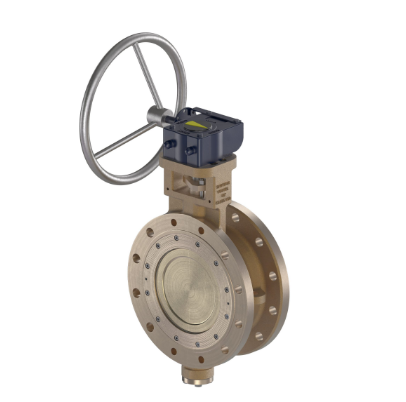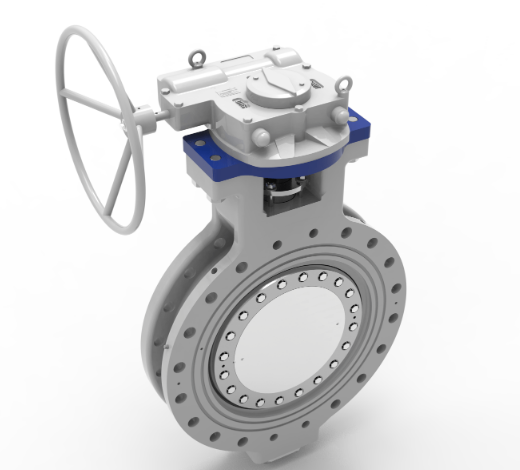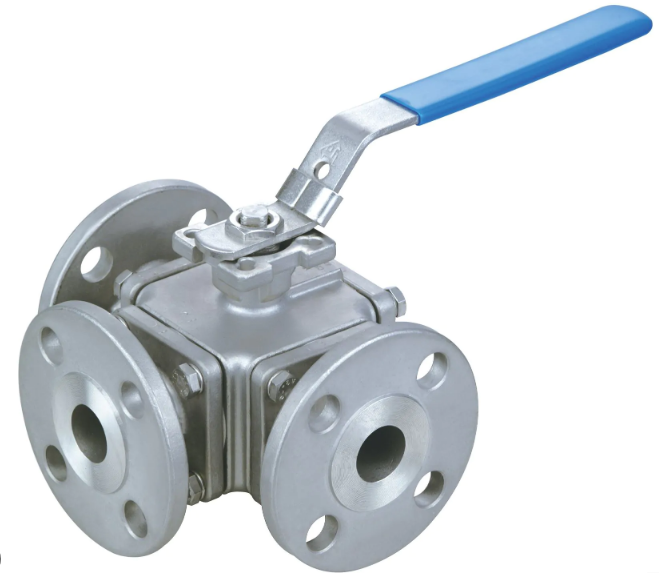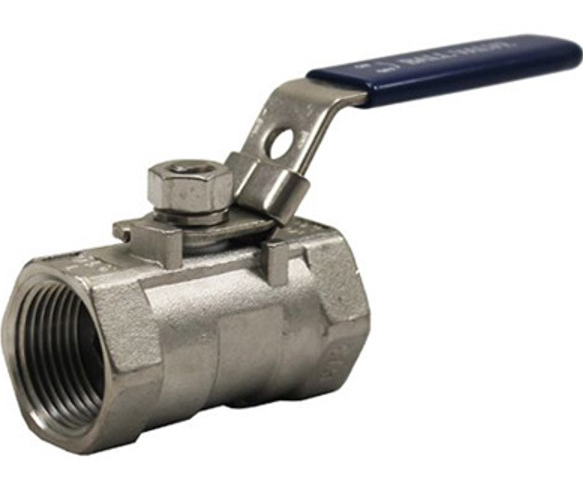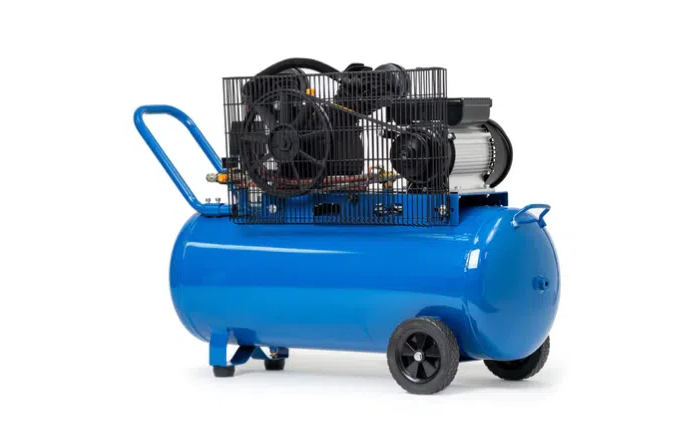Introduction
An air operated pneumatic actuator is a mechanical device that converts compressed air energy into rotary or linear motion to operate industrial valves or other mechanical systems. These actuators are widely used in industries such as oil and gas, water treatment, manufacturing, and power generation due to their reliability, simplicity, and cost-effectiveness.
This article explains the working principle, design types, key components, and applications of air operated pneumatic actuators, helping engineers, plant operators, and procurement teams make informed decisions.
1. What is an Air Operated Pneumatic Actuator?
An air operated pneumatic actuator uses compressed air to generate motion. The actuator receives pressurized air through control valves, which forces a piston or diaphragm to move, transferring mechanical force to open, close, or modulate a valve.
Key advantages include:
-
Quick and powerful actuation
-
Low maintenance requirements
-
Suitable for hazardous environments (no sparks)
-
Compatible with automation systems
2. Working Principle of Air Operated Pneumatic Actuators
The operation is based on Pascal’s Law, which states that pressure applied to a confined fluid (in this case, air) is transmitted equally in all directions.
Step-by-step process:
-
Air Supply – Compressed air enters the actuator chamber through a control valve.
-
Force Generation – The air pressure pushes against a piston or diaphragm, creating linear or rotary motion.
-
Motion Transfer – This mechanical movement is transmitted to the valve stem or shaft.
-
Exhaust Phase – When air is released, springs or opposing chambers return the actuator to its original position (in single-acting designs).
3. Types of Air Operated Pneumatic Actuators
There are several common designs:
3.1 Single-Acting Pneumatic Actuator
-
Operates using air in one direction and a spring return mechanism.
-
Energy-efficient in fail-safe applications (e.g., valve automatically closes during air loss).
3.2 Double-Acting Pneumatic Actuator
-
Uses compressed air in both directions.
-
Provides higher torque and more control precision.
3.3 Rotary Pneumatic Actuator
-
Produces rotational motion (typically 90° to 180°) for valves like butterfly, ball, or plug valves.
3.4 Linear Pneumatic Actuator
-
Delivers straight-line movement for globe valves, gate valves, or other linear operations.
4. Key Components
-
Actuator Body – Houses the piston, diaphragm, and other internal parts.
-
Piston/Diaphragm – Main element converting air pressure into mechanical force.
-
Springs – Used in single-acting actuators for fail-safe return.
-
Seals and Bearings – Prevent air leakage and reduce friction.
-
Output Shaft/Stem Connector – Transfers motion to the valve.
5. Applications of Air Operated Pneumatic Actuators
Air operated pneumatic actuators are found in:
-
Oil & Gas Pipelines – Automated valve control for safety and flow regulation.
-
Water Treatment Plants – Remote operation of large butterfly and gate valves.
-
Chemical Processing – Handling corrosive or hazardous fluids without electric sparks.
-
Food & Beverage Industry – Hygienic valve automation for process control.
-
Power Plants – Steam and cooling water valve actuation.
6. Maintenance and Troubleshooting
To ensure optimal performance:
-
Regular Lubrication – Check and maintain internal lubrication systems.
-
Seal Inspection – Replace worn seals to prevent air leakage.
-
Air Quality Control – Use filters and dryers to prevent moisture or debris damage.
-
Performance Testing – Periodically check torque output and cycle speed.
7. Choosing the Right Air Operated Pneumatic Actuator
Selection criteria include:
-
Valve Type – Rotary or linear motion requirements.
-
Operating Pressure – Air supply range and torque needs.
-
Environmental Conditions – Temperature, humidity, corrosive environments.
-
Control Requirements – On/off or modulating control.
Conclusion
An air operated pneumatic actuator is an essential component in modern automated valve systems. Its ability to deliver reliable, fast, and safe actuation makes it a preferred choice for industries worldwide. By understanding the types, working principles, and selection factors, engineers can ensure optimal performance and extended service life.
If you want to learn more about low-priced products, please visit the following website: www.xm-valveactuator.com







